As one of my additions to my digital portfolio, I decided to delve a bit deeper into topic two, and the history and context of K-12 distributed and open learning. I am choosing to do an edited copy of my blog from this portion of the unit, where I will add in more personal detail, more research, and take advice from both my peers and my professor to adjust my already completed blog.
(everything in bold has been revamped)
Individual blog post #2: How would you describe the historical and theoretical trends in k-12 online and distributed learning? What did you already know, what do you know now based on the course readings and activities, what do you hope to learn?
The readings, topic notes, and webinar for topic 2 “Historical & theoretical context of K-12 online & open learning in Canada” gave me a new perspective on how far online learning & open learning has come in Canada and also how far it needs to go. Before taking notes and annotating with my peers, my knowledge I realize for this type of learning was very scattered and somewhat incorrect. If anything, before this topic, the closest I got to learning more about online learning and the benefits and difficulties it brings for both the student and the teacher was through watching my two elementary school teacher parents convert over to an online platform.
When the Covid-19 pandemic made its impact on schools and teachers, I was able to witness the negative thoughts and beliefs that occurred when everything turned to online and distributed learning. For myself, as a learner, it was the first time I had ever had to take an online class, and I was immediately shocked by the different ways my teachers responded to the situation. A few of my teachers continued with their original plan for finishing lessons and projects of the year without any alterations made. One of my teachers emailed us the next day saying the rest of the projects and classwork was canceled and that they would not be even attempting online learning. Finally, one of my teachers thought that an appropriate decision would be to make mini-projects and assignments equivalent to the amount of workload we would be doing, pretty much doubling our actual graded assignments. As noted by my tone, these three solutions all had their flaws and prove how ignorant the world was (pre-pandemic) to online and distributed learning.
My parents took the situation in a similar sense but with their own touches. My dad (a 2/3 teacher) took the route of continuing everything he had planned for the rest of the year and automatically ended up being incredibly frustrated that the plans did not end up working in an online environment. My mom, however, I believe, took the route that the rest of the world’s educators should have. Instead of giving up because of the difficulties of technology, or trying to continue her usual classroom material, she decided that it was her turn not to let technology control her. She learned how to create a website, offered individual lessons/meetings with her students in and out of classroom times, learned every secret that Zoom has, and overall she is now in a love (versus hate) relationship with online teaching.
One of the most crucial pieces of information I learned was how “new” and “ill-researched” this topic is. Delving into the readings the very first thought made by me was how it took over 20 years for any form of a re-examination of formal research to be conducted on these topics. My theoretical thinking for this reasoning is that: The dramatic evolution of technological resources and hardware over the past decade has brought vast advancements compared to the course of the past 20 years which is why a new examination of online learning was needed.
During the course readings I learned a lot about Canada and how it finances its e-learning education, and needless to say I was surprised at times. Compared to the rest of the world Canada ranks quite high amongst the nations of the world in the category of “educational spending per capita” (Barbour, M & Labonte, R, 2018, p. 601). However, each province and territory is responsible for funding, creating curriculum, and managing their educational programs meaning there is no national funding, policy, or governing (I never understood the point of having 13 different curriculums). According to this article and my fellow peer Leona Ngan, the provincial/territorial funding is distributed equally amongst private and public schools on “per-student funding based on enrollment” (Barbour, M & Labonte, R, 2018, p. 601) regardless of the external/independent funding that these schools may be getting elsewhere (Ngan, L, 2020).
Historical trends in k-12 online and distributed learning:
1919: Correspondence school opens in Canada, British Columbia
1945-95: First virtual school is established in Canada. Avon Maitland Distance Education Centre in Ontario
1995-96: First virtual school to offer multiple courses opens. Electronic Distance Education Network in Ontario
1995-99: Several K-12 online learning programs are developed and operated in Alberta
2008-12: Distance education and online learning flourishes in all 13 provinces and territories
2013: CANeLearng national non-profit is launched to “provide leadership that champions student success by supporting organizations and educators involved in online and blended learning through networking, collaboration, and research opportunities”
2015-16: Of the 5.1 million students enrolled in education programs in Canada 5.7% of the population was enrolled in e-learning
2017: Francophone K-12 eLearning community is established
2018: Every Canadian province and territory has some form of online distance learning
(Barbour, M & Labonte, R, 2018, p. 602-611)
Personal thoughts of online and distributed learning:
This is a hard and broad statement to explain my thoughts about. In a general conclusion, I would have to say that online and distributed learning are still in their trial and error stages when it comes to them being implemented into education. Like things that are in trials, there are parts to them that you are on board for, then there are parts that you wish you could figure out how to fix. For me, the parts of online and distributed learning that I am 100% on board for are:
-
The positive part about this type of schooling is that it allows everyone regardless of their health or physical ability to attend school
-
It creates a solution to moving away for children who wish to stay in the same school/district
-
For older students, it gives them the chance to have flexible schedules so they can work while attending school
-
Again, as far as flexibility, it allows students to take courses or classes that may not be offered in a time that works in their face-to-face schedules
-
From my experience, online and distributed learning increased my interaction with the teacher or professor of the course. I felt more comfortable emailing them and asking questions
However, even with all these positive factors that come out of online and distributed learning, there are still parts that I feel need to be more recognized and rethought:
-
The technology that is needed to create and participate in online learning is not accessible in every household and to every learner creating a clear divide in which students can participate in this type of learning
-
Student motivation also creates a problem where teachers are not able to physically assist children in the completion of their learning and students end up getting behind in their work which can lead to anxiety
-
Equity amongst students and their family households. There are inequalities in both what families can afford as far as resources for school, and then, there are inequalities for the amount of help and assistance families can give to their children in completing their work
I realize after completing this portion of the revised blog (my personal thought and opinions) that our world of education, the world that includes new teachers with new pedagogies, the professionals, the administrators, the governors, the researches, the psychologist may be ready for online and open learning, however, most of the students, parents and current teachers are not. Online and open-learning are two incredible and groundbreaking systems of education. However, there needs to be more trials, more research, and more communication between all of the people who make up the education world until these concepts will be fully functional and approved by all parties.
Theoretical trends in k-12 online and distributed learning:
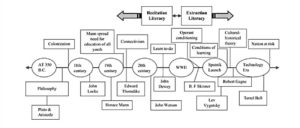
(Edgar, D, 2012, p. 5)
References:
Barbour, M & Labonte, R. (2018) An Overview of eLearning Organizations and Practices in Canada. In R. Ferdig & K. Kennedy (Eds.), Handbook of research on K-12 online and blended learning (pp. 600-616). Pittsburgh, PA: Carnegie Mellon University ETC Press.
Bates, T. (2014). Learning Theories and Online Learning. [Blog post]. Retrieved fromhttps://www.tonybates.ca/2014/07/29/learning-theories -and-online-learning/.
Edgar, D. (2012). Learning Theories and Historical Events Affecting Instructional Design in Education: Recitation Literacy Toward Extraction Literacy Practices. SAGE Open, 2(4), 1-9, https://doi.org/10.1177/2158244012462707


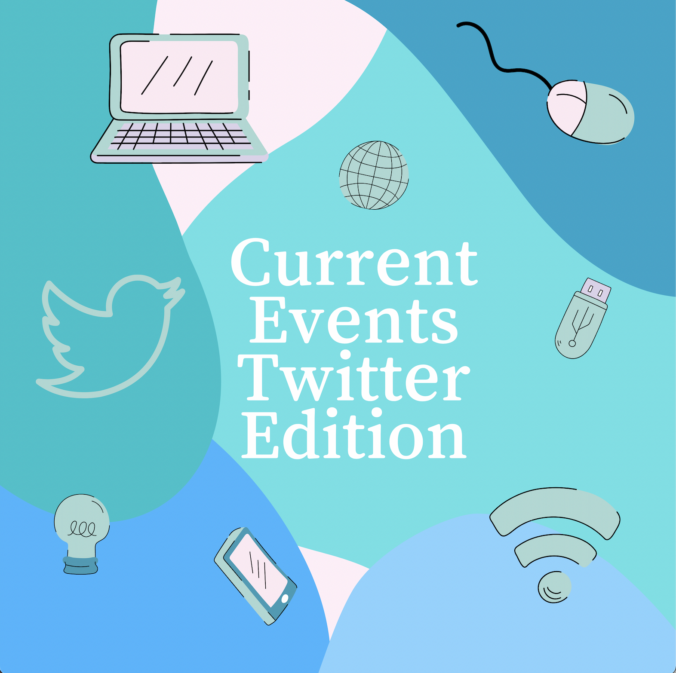
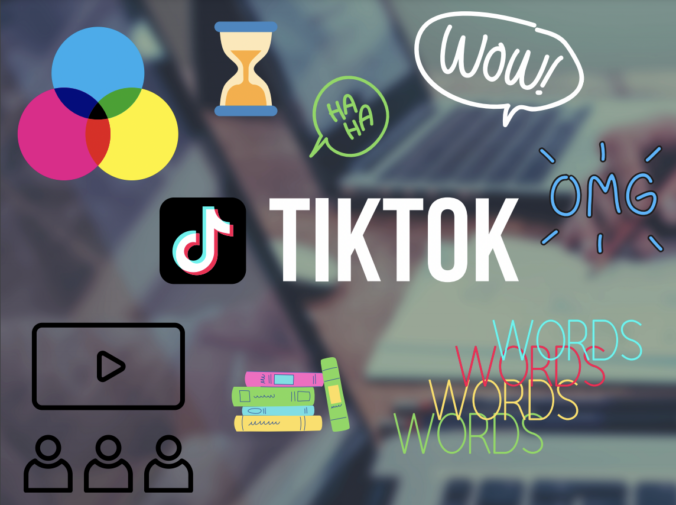

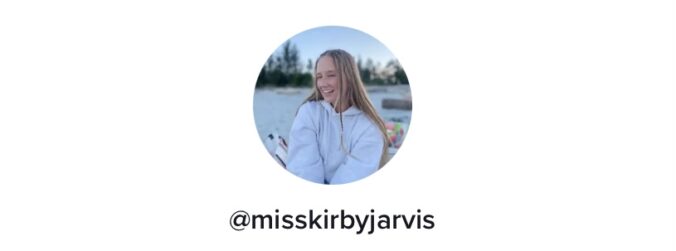

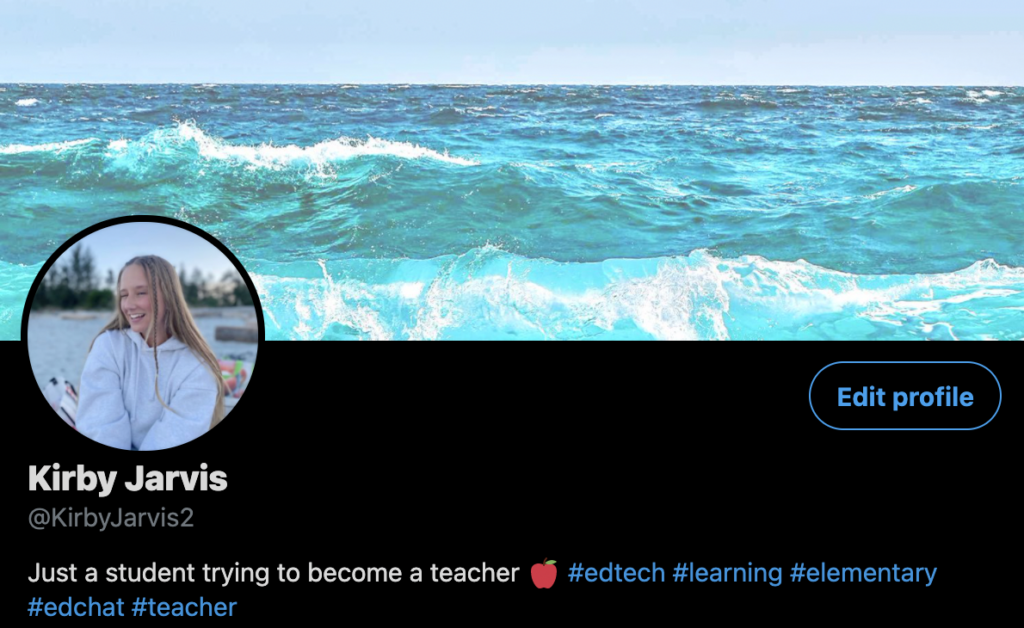






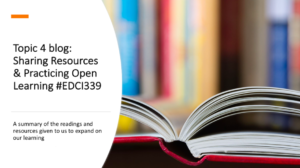
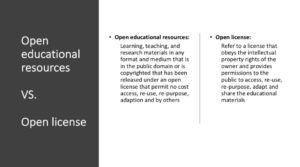
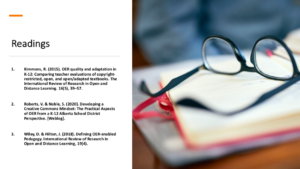
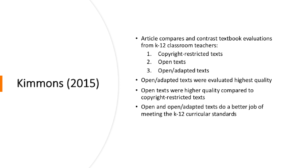
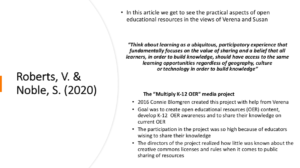
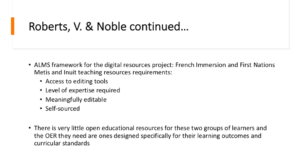
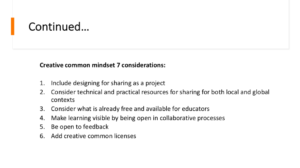
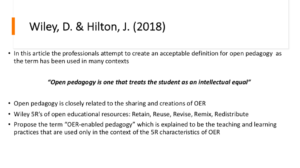
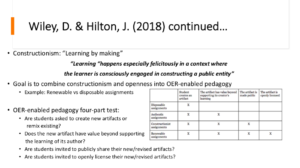
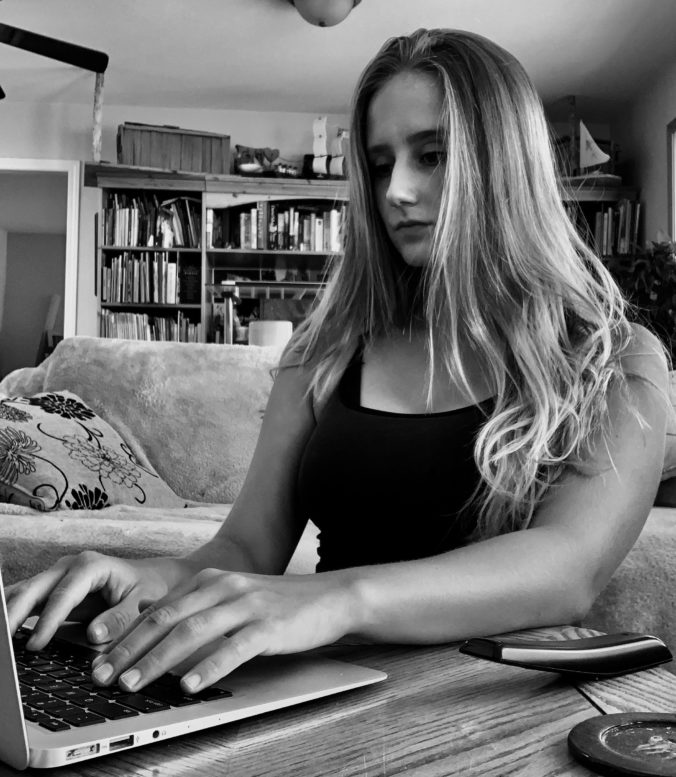

Recent Comments